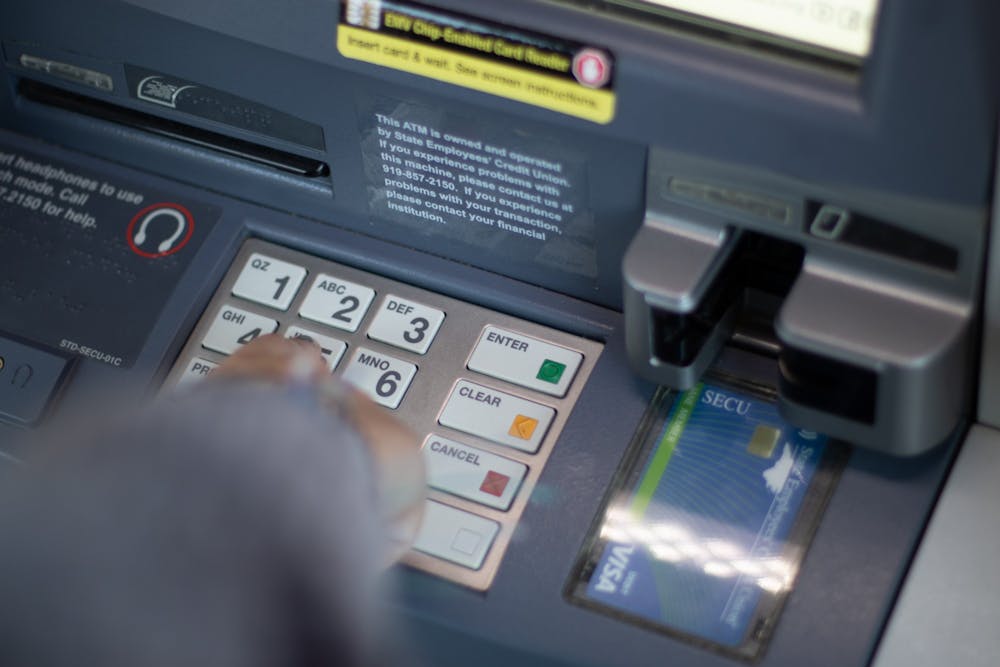With the passage of the $1.9 trillion American Rescue Plan Act, many college students may be asking, “Where’s my stimmy check at?”
The past COVID-19 stimulus bills have not included adult dependents in the payouts, as the chief focus was getting checks out the door. Considering adult dependents, along with many other groups, was an afterthought for some members of Congress.
But with the ARPA, adult dependents were finally included in payments. This makes sense, as the role of a stimulus bill is to stimulate the economy into action by giving citizens money to spend. Not including college students in the initial round of checks was antithetical to what a stimulus check is supposed to do (because who else spends money like there’s no tomorrow, other than college students?).
Now, for the nitty-gritty of how exactly these will be paid:
First, the terms to qualify for this check are a bit more stringent than the last round. In order to make the bill politically viable to centrist Democrats, the cutoff for payments was lowered, leading to 8 million fewer Americans receiving benefits.
In the CARES Act, which was passed in March 2020, the income cutoff to receive the full payout was $99,000 for single-income households. In this bill, the cutoff is at $75,000. The numbers change for households with two income sources or multiple dependents, but those cutoff amounts are also lower in the ARPA than in CARES.
Secondly, these payments have been arriving at a much quicker speed than with the earlier bills. With a more normal flow of operations within the IRS and a better understanding of payment structures, payments have been able to go out almost instantly after the signature of the ARPA. The IRS even built a custom website to help citizens see when and how their payment will be received.
The good news: populations that didn’t receive a stimulus check earlier in the recovery will now get one, and college students will finally receive their “Biden Bucks” from “Moneybagg Joe."




